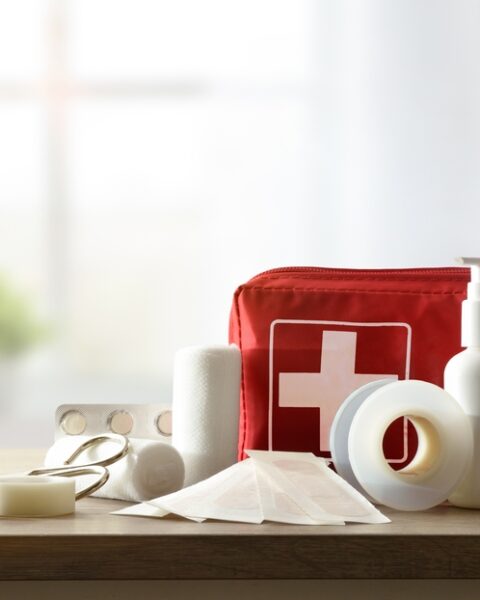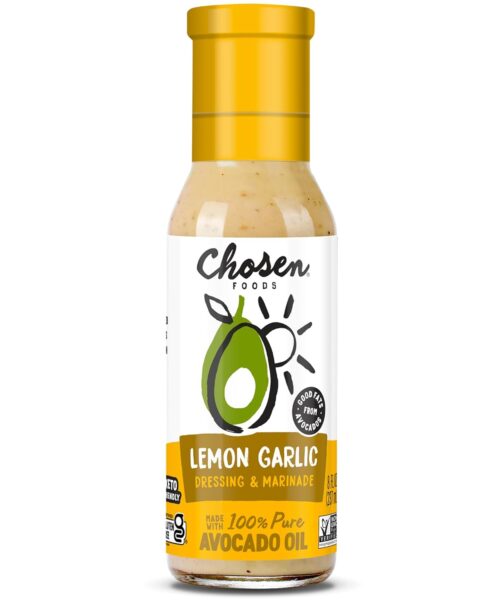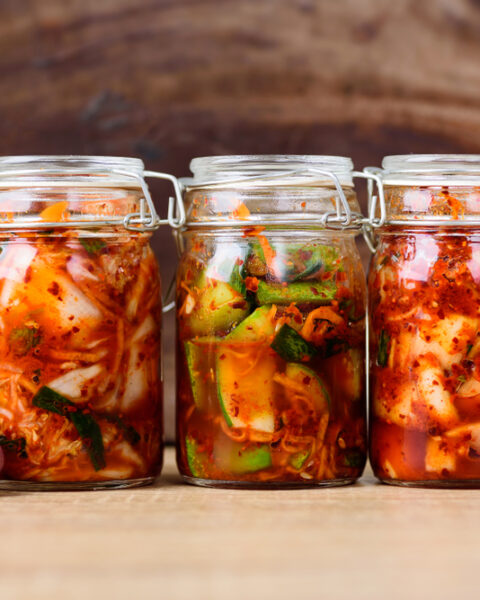Whipping up a batch of homemade whipped cream sounds easy, right? Well, it can be, but there are some common pitfalls that can turn your fluffy dream into a kitchen nightmare. Even if you’ve made whipped cream countless times, a few small mistakes can make a big difference. To help you avoid these issues and get perfect whipped cream every time, here’s a rundown of the most frequent mistakes people make.
Contents
- 1 Not Chilling the Ingredients
- 2 Using the Wrong Type of Cream
- 3 Overbeating the Cream
- 4 Adding Sugar Too Early
- 5 Using a Low-Fat Cream
- 6 Not Using a Mixer
- 7 Skipping Stabilizers
- 8 Using Warm Equipment
- 9 Not Monitoring the Whipping Process
- 10 Using Old Cream
- 11 Not Sweetening the Cream
- 12 Not Using Vanilla Extract
- 13 Making Whipped Cream Too Far in Advance
- 14 More From RetailShout
- 15 19 Fun and Festive Appetizers for a Summer Soiree
- 16 19 Plant-Based Proteins to Include in Your Diet
Not Chilling the Ingredients
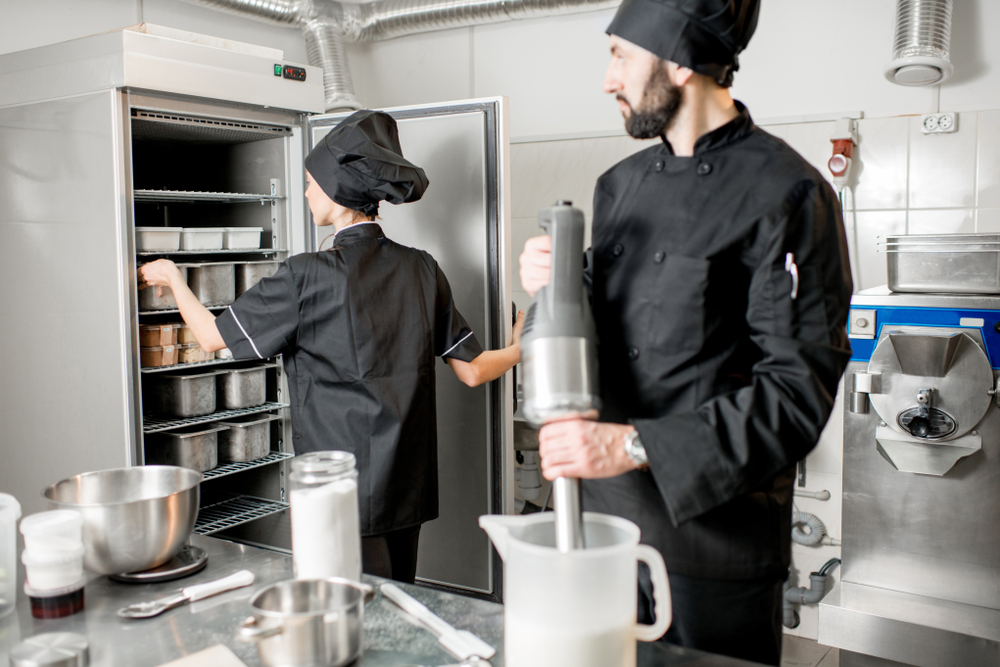
Failing to chill the cream and mixing bowl is a frequent mistake. Cold ingredients help the cream whip faster and reach the right consistency. When the cream is warm, the fat melts, which prevents the formation of stiff peaks. It’s crucial to refrigerate the cream for at least 30 minutes before whipping. Additionally, placing the mixing bowl and beaters in the freezer for 10-15 minutes can enhance the results. Ensuring everything is cold will yield the best texture and volume for your whipped cream.
Using the Wrong Type of Cream
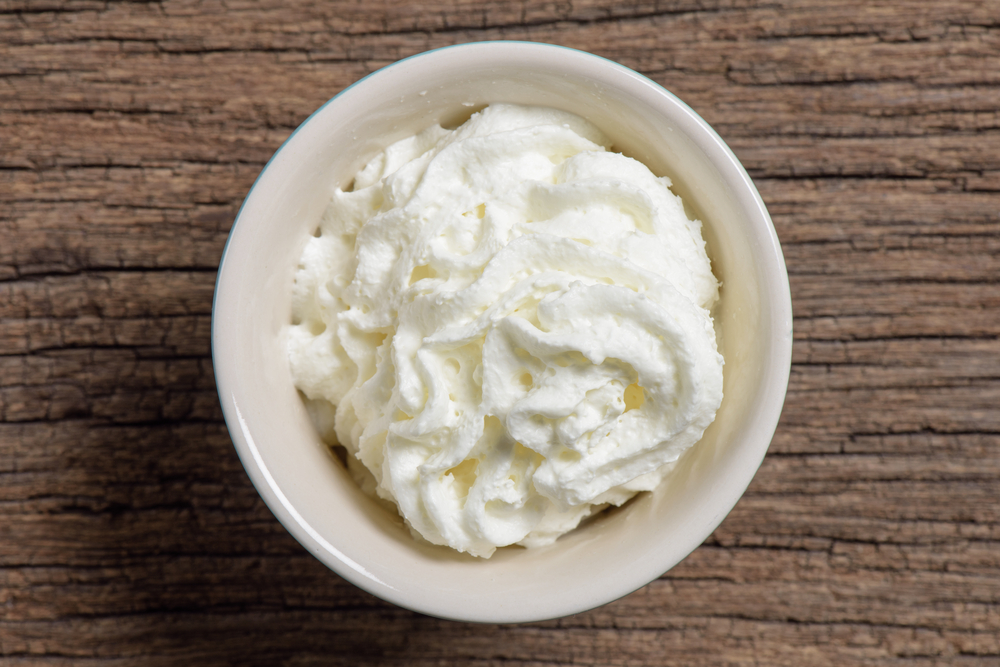
Selecting the wrong cream can drastically affect the outcome. Only heavy cream or whipping cream with a fat content of at least 30-35% should be used. Light cream or half-and-half won’t whip properly due to their lower fat content. The high fat content in heavy cream is essential for achieving firm peaks. Always check the labels to ensure you’re using the correct type of cream. This simple step can prevent many common whipping issues.
Overbeating the Cream
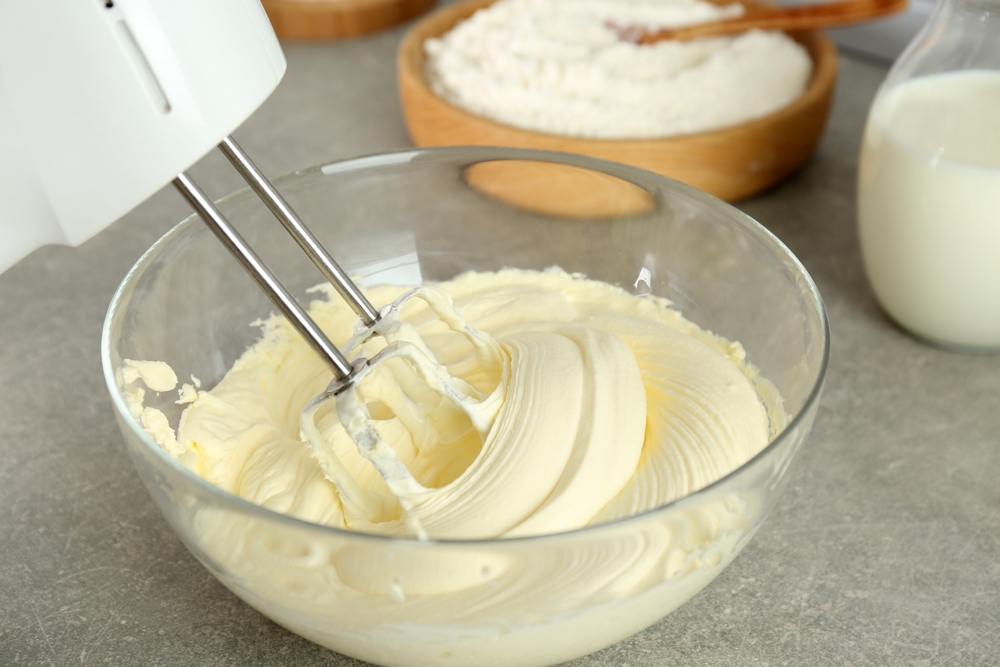
One of the most common mistakes is overbeating the cream. Once stiff peaks form, continuing to beat the cream will cause it to turn grainy and eventually into butter. To avoid this, keep a close eye on the cream as it whips and stop the mixer as soon as the desired consistency is reached. Overbeating can also cause the cream to separate, resulting in a clumpy texture. If overbeaten, you can salvage it by adding a bit more cold cream and gently folding it in until smooth.
Adding Sugar Too Early
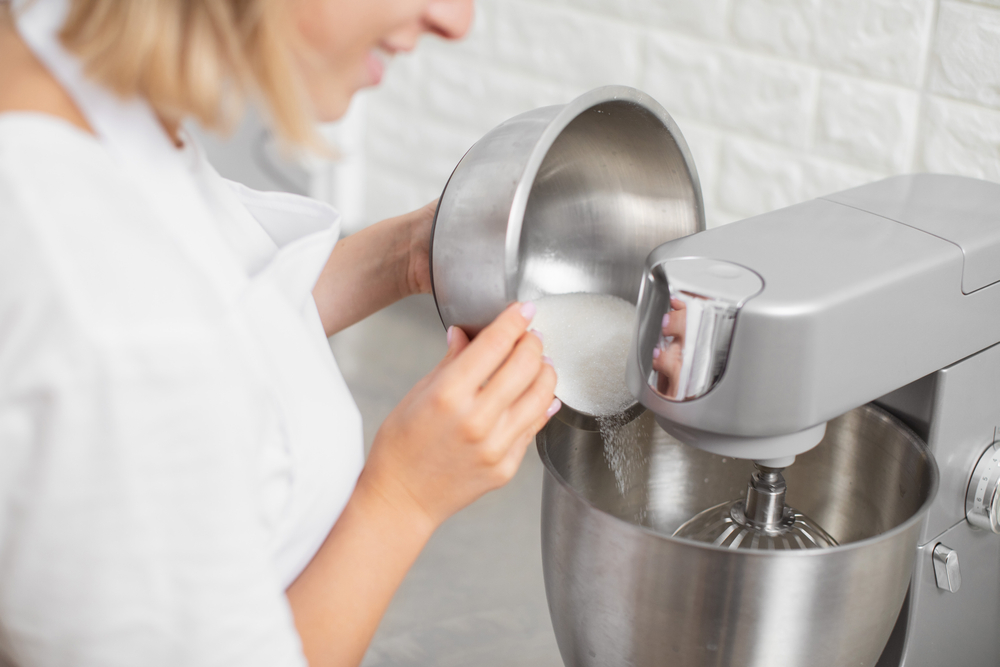
Adding sugar too early in the whipping process can hinder the cream’s ability to form peaks. It’s best to start whipping the cream on its own and add the sugar once it has thickened slightly. This ensures that the cream will whip up to the right consistency. Granulated sugar should be added gradually to avoid weighing down the cream. Powdered sugar is often preferred as it dissolves more easily and doesn’t affect the texture as much.
Using a Low-Fat Cream
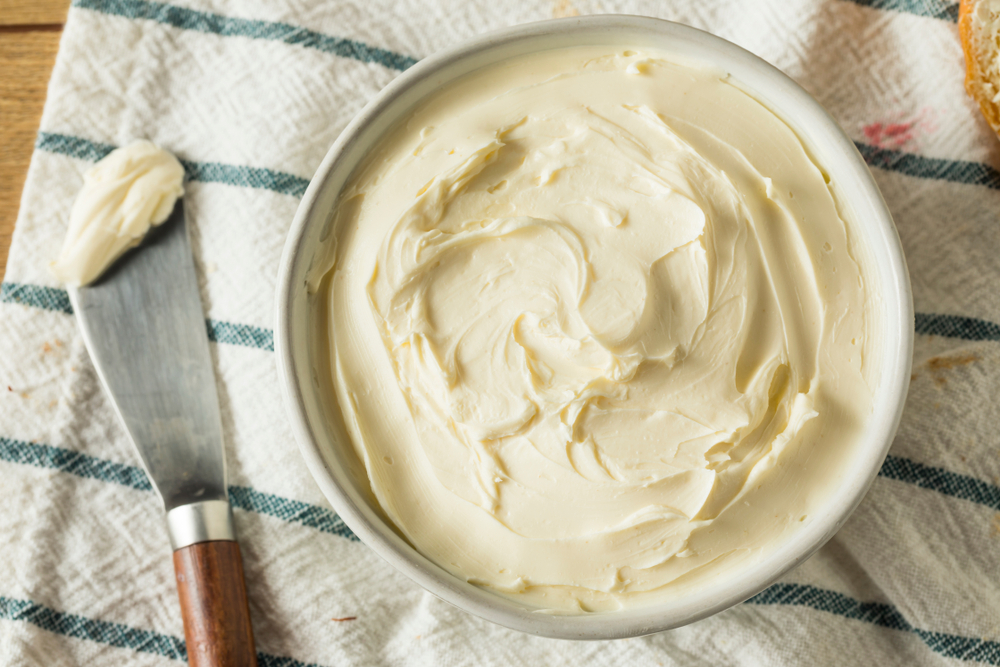
Using low-fat cream is another common mistake. Whipped cream relies on fat to create its structure and stability. Creams with less than 30% fat content won’t whip properly and can result in a soupy mixture. Ensure you use heavy cream or whipping cream to achieve the right consistency. Low-fat alternatives simply don’t provide the necessary fat content to create fluffy, stable peaks. For best results, always opt for full-fat cream.
Not Using a Mixer
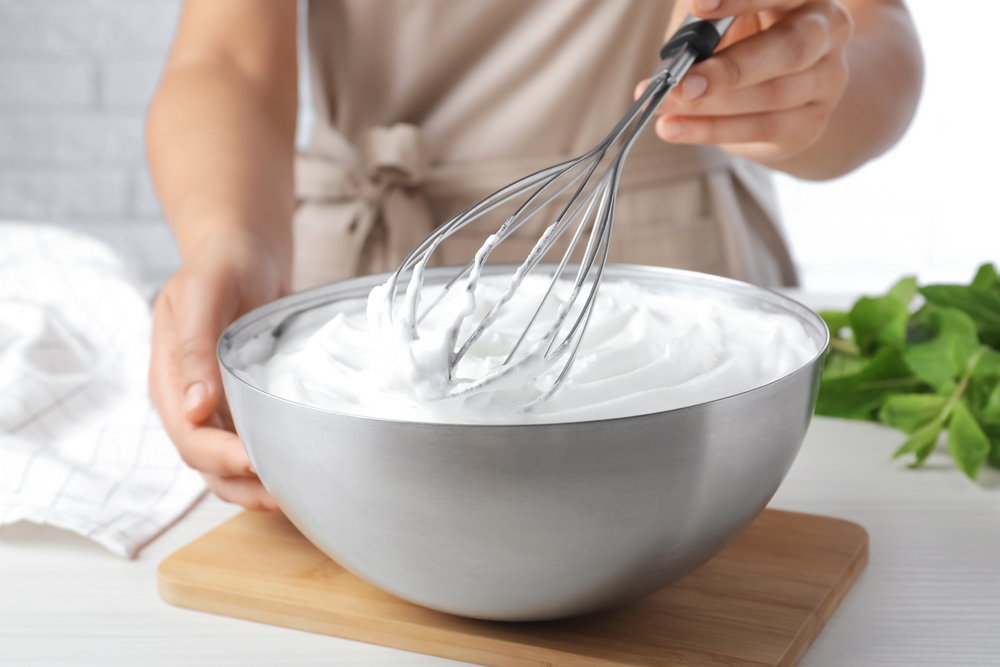
Whipping cream by hand can be very difficult and time-consuming. A mixer, either stand or hand-held, makes the process much easier and faster. Without a mixer, achieving the desired consistency is challenging and can lead to under-whipped cream. Using a mixer also ensures even whipping and better incorporation of air into the cream. Investing in a good mixer can make all the difference when making homemade whipped cream.
Skipping Stabilizers

Forgetting to add stabilizers can lead to whipped cream that deflates quickly. Stabilizers like gelatin, cornstarch, or powdered milk help maintain the whipped cream’s structure. This is especially important if you need the whipped cream to hold its shape for an extended period. Adding a small amount of stabilizer can make a significant difference in the cream’s longevity. It’s a simple step that can prevent your whipped cream from becoming a sad, deflated mess.
Using Warm Equipment

Using warm bowls and beaters can prevent the cream from whipping properly. Warm equipment can cause the fat in the cream to melt, leading to a soupy consistency. Always ensure that your equipment is cold before you start. Placing the bowl and beaters in the freezer for a few minutes can help. Cold equipment helps the cream whip up faster and more efficiently.
Not Monitoring the Whipping Process
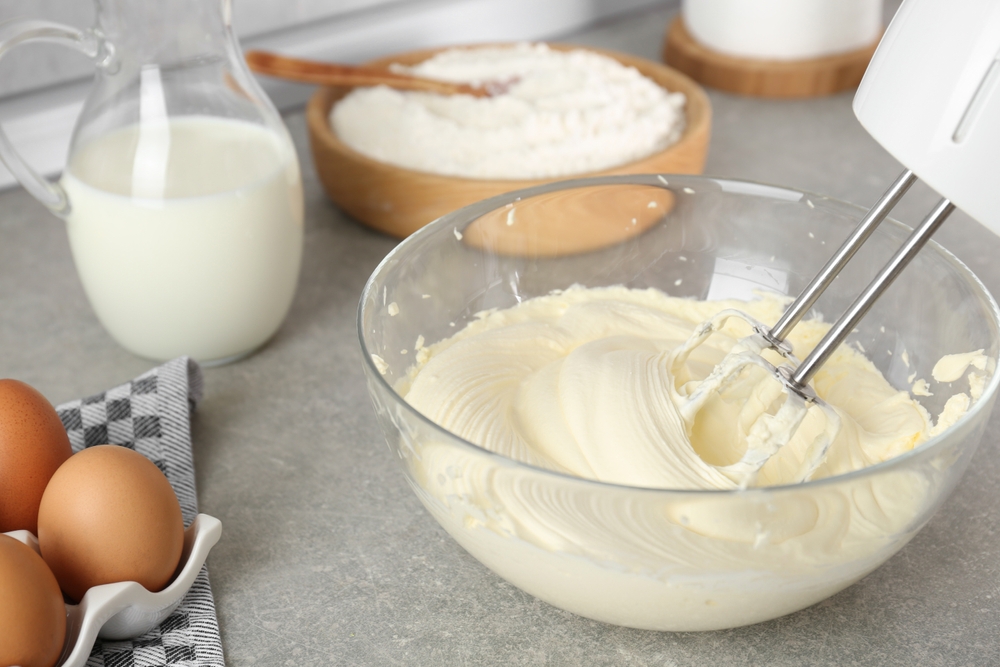
Leaving the mixer unattended while whipping cream can result in overbeating. Whipped cream goes from perfect to overbeaten very quickly. It’s crucial to stay attentive and monitor the process closely. Stop the mixer periodically to check the consistency. This ensures you achieve the perfect texture without going too far. Staying vigilant can prevent many common whipping issues.
Using Old Cream
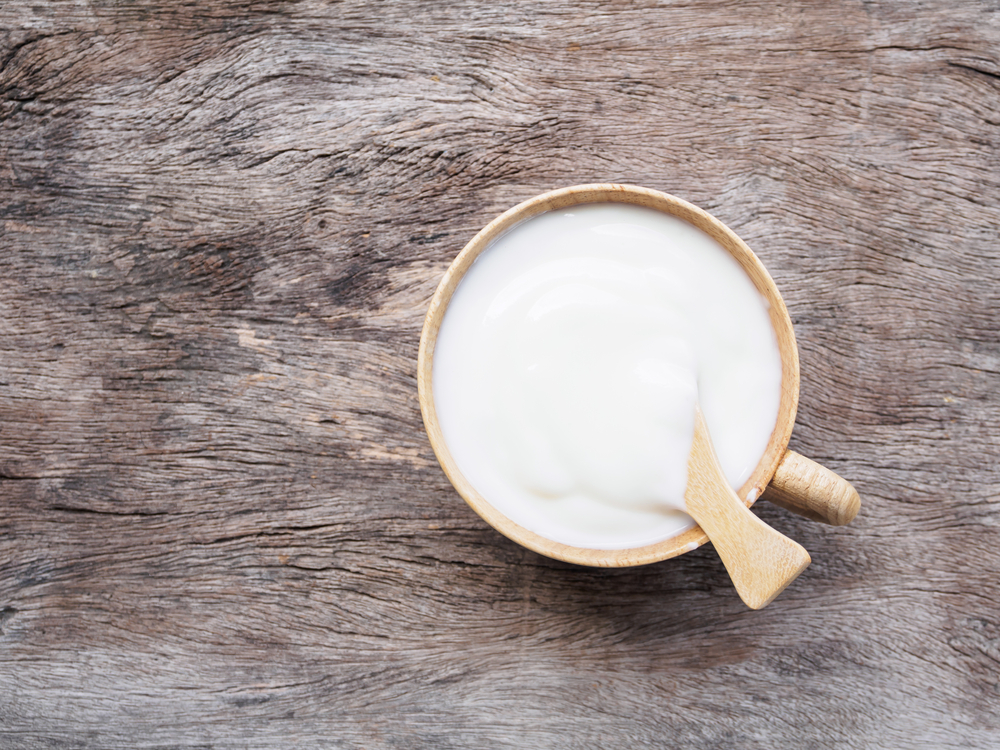
Old or expired cream can affect the taste and texture of your whipped cream. Fresh cream whips up better and tastes superior. Always check the expiration date and use the freshest cream available. Old cream may not whip properly and can result in an off flavor. Ensuring the cream is fresh is a simple step that can make a big difference in the final product.
Not Sweetening the Cream
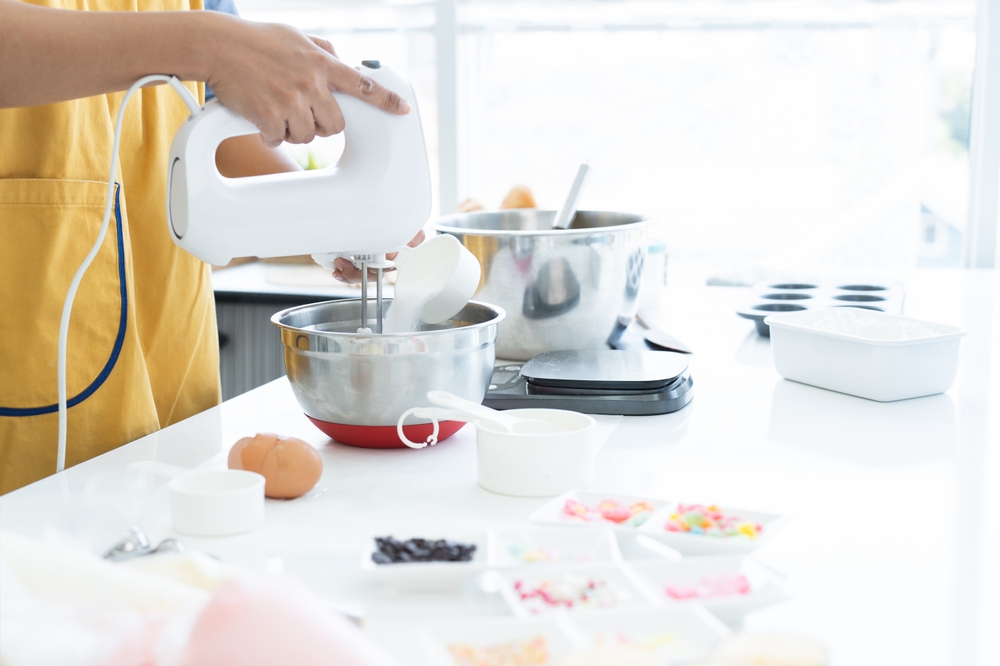
Forgetting to add sugar or another sweetener can leave your whipped cream bland. While it’s not necessary to add a lot of sugar, a small amount enhances the flavor. Gradually adding sugar once the cream starts to thicken ensures it dissolves properly. Powdered sugar is often preferred for its ability to blend seamlessly into the cream. Sweetening the cream enhances its taste and complements the dishes it’s served with.
Not Using Vanilla Extract
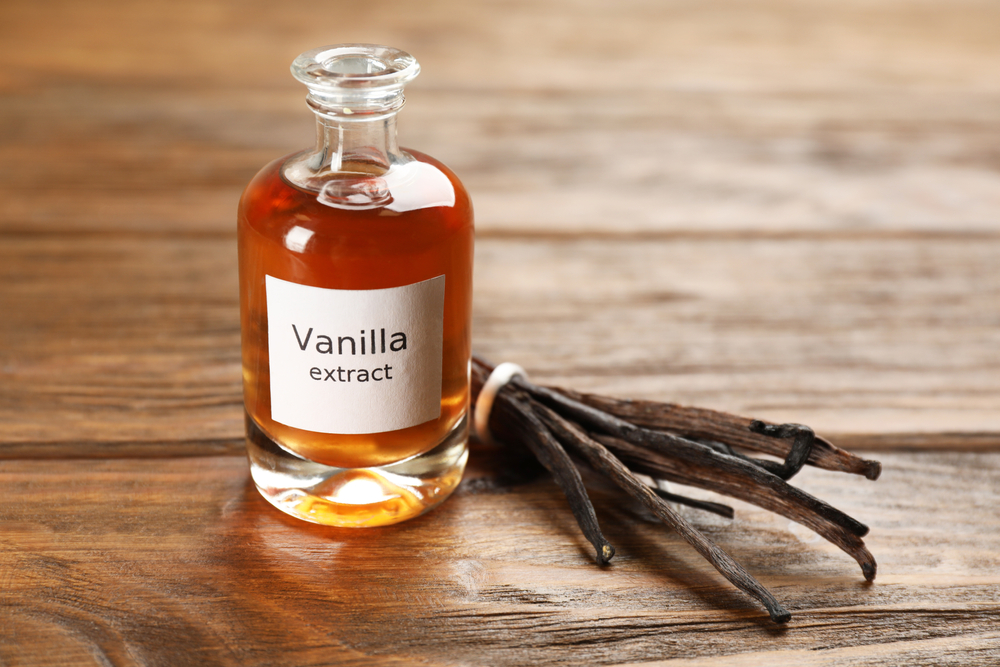
Omitting vanilla extract or other flavorings can make your whipped cream taste plain. Adding a teaspoon of vanilla extract enhances the flavor and gives the cream a delicious aroma. You can also experiment with other extracts like almond or peppermint for variety. Flavoring the whipped cream makes it more enjoyable and complements desserts well. Don’t skip this step if you want to elevate your whipped cream’s taste.
Making Whipped Cream Too Far in Advance
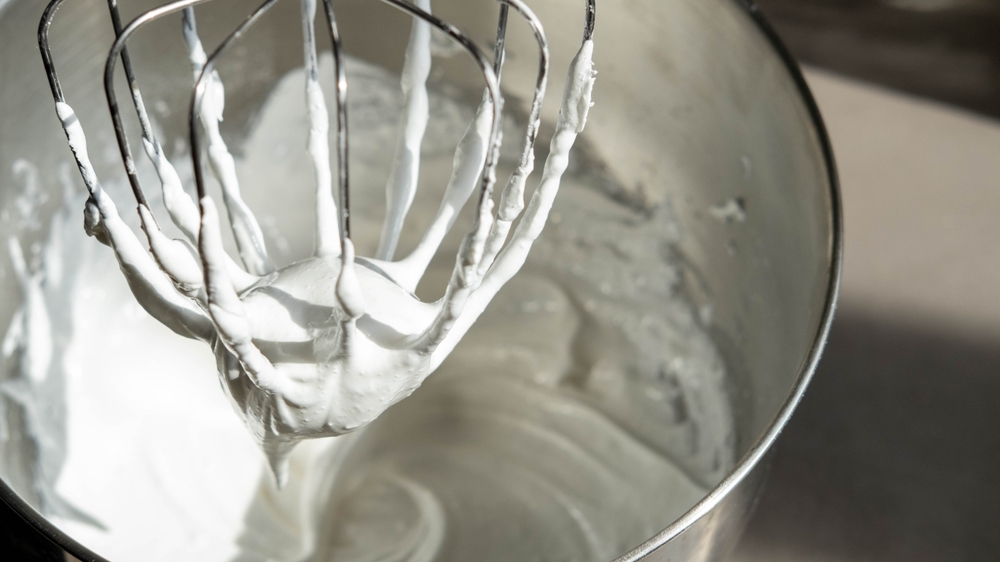
Making whipped cream too far in advance can cause it to deflate and become watery. Whipped cream is best made just before serving. If you need to make it ahead of time, adding stabilizers can help maintain its structure. Storing it in the refrigerator in an airtight container can also prolong its freshness. However, for the best texture and flavor, it’s best to whip the cream as close to serving time as possible.
This article originally appeared on RetailShout
More From RetailShout
18 Summer-Friendly Instant Pot Recipes for Easy Meals

Summer is the perfect time to embrace easy, delicious meals that don’t require heating up the whole kitchen. That’s where the Instant Pot comes in handy. With its ability to quickly cook a variety of dishes, it’s an essential tool for summer cooking. Read More.
19 Fun and Festive Appetizers for a Summer Soiree

Nothing sets the tone quite like a spread of fun and festive appetizers. These bite-sized delights are the perfect way to kick off the evening, offering guests a chance to mingle, enjoy a variety of flavors, and savor the best of the season’s ingredients. Read More.
19 Plant-Based Proteins to Include in Your Diet
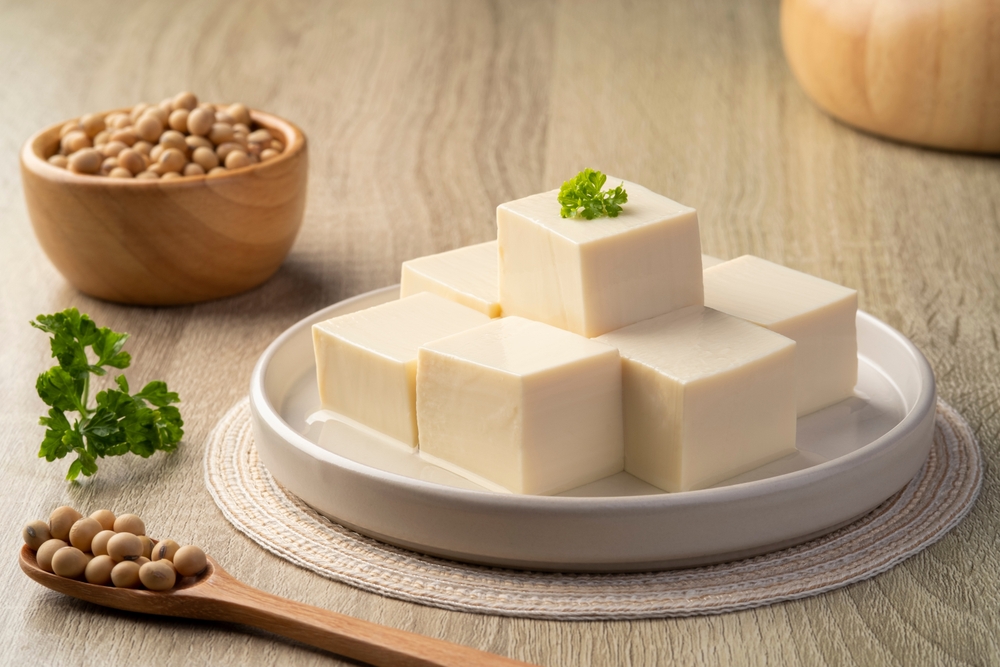
Plant-based proteins have become a popular choice for many people seeking a healthier, more sustainable diet. These proteins are not only packed with essential nutrients but also contribute to reducing the environmental impact of food production. Read More.



